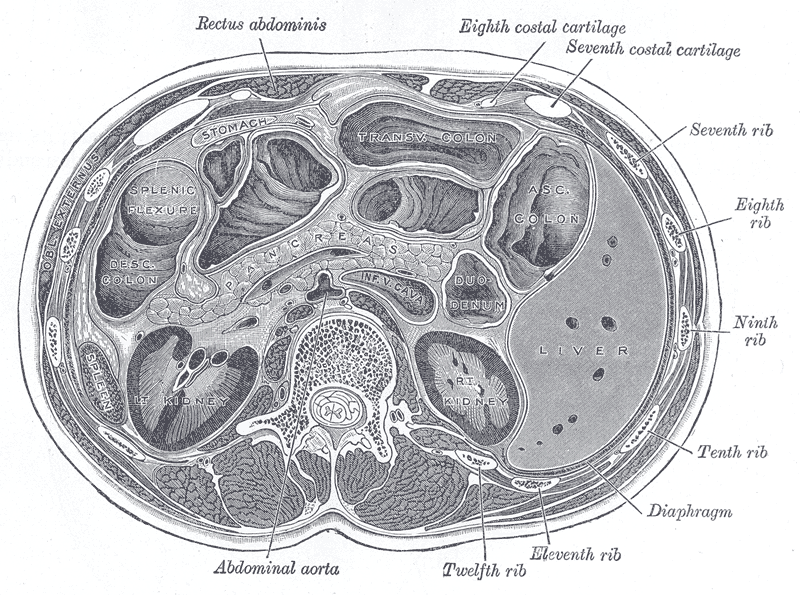Though it isn't on the Edexcel specification, I like to teach my students the difference between a light microscope and an electron microscope (not always obvious for them...), and then the difference between scanning and transmission electron microscopes.

Light microscope, at the Science Museum, London, June 2010
So a light microscope is great because entire cells can be seen in colour, but of course we don't get to see details of organelles. The transmission electron microscope (TEM) is ace for this, but you only get one slice through a cell at any one time, so the image may seem rather abstract.
Even for apparently bright A-level students, that concept is rather complicated, so I like to use a more visceral example. It's good to pick the one student who's really been pissing you off all lesson, probably talking while you're talking or something. Bring them up to the front and get a 1m ruler. Hold it diagonally across their body from shoulder to waist (trust me, you do not want to take any other angle). Then ask the assembled, if now rather amused, masses the following:

Transverse section through L1, from Gray's Anatomy
Once they've discussed the many and varied ways in which the victim could be made to suffer, follow up with:
Incidentally, Google really should be clever enough to exclude all images of the popular US drama "Grey's Anatomy" when I'm looking for the anatomical textbook "Gray's Anatomy". And there should be an "assume user is not a bloody idiot" option, so that it doesn't say "Showing results for Grey's Anatomy. Search for Gray's Anatomy instead?".
Light microscope, at the Science Museum, London, June 2010
So a light microscope is great because entire cells can be seen in colour, but of course we don't get to see details of organelles. The transmission electron microscope (TEM) is ace for this, but you only get one slice through a cell at any one time, so the image may seem rather abstract.
Even for apparently bright A-level students, that concept is rather complicated, so I like to use a more visceral example. It's good to pick the one student who's really been pissing you off all lesson, probably talking while you're talking or something. Bring them up to the front and get a 1m ruler. Hold it diagonally across their body from shoulder to waist (trust me, you do not want to take any other angle). Then ask the assembled, if now rather amused, masses the following:
"If I were to take a sword and cut a slice through this student at this angle, which organs would I pass through and what would the surface look like?"An animated discussion will now ensue as the students come up with increasingly bloodthirsty ideas about which organs will be visible.

Transverse section through L1, from Gray's Anatomy
Once they've discussed the many and varied ways in which the victim could be made to suffer, follow up with:
"Would this give you a good idea of the human body overall?"Hopefully the unanimous response would be "no". So then, they can exercise their higher level thinking skills and come up with a way of getting an idea of the structure of the whole from thin slices. Some of them might even be aware of the Visible Human Project, which did just that. Or, perhaps more in keeping with how a TEM actually works, they could come up with a ballpark figure of how many other students would have to be sliced through at different angles to build up an image of the whole human body...
Incidentally, Google really should be clever enough to exclude all images of the popular US drama "Grey's Anatomy" when I'm looking for the anatomical textbook "Gray's Anatomy". And there should be an "assume user is not a bloody idiot" option, so that it doesn't say "Showing results for Grey's Anatomy. Search for Gray's Anatomy instead?".

The SNAB Website has an activity that deals with this issue in a basic way (http://www.snabonline.com/Content/TopicResources/Topic3/Activities/Sheets/AS03ACT01.pdf), never thought of slicing students before. Good idea as it always freaks them out when they see circular mitochondria in a TEM.
ReplyDeleteThanks for the PDF - the corrected hyperlink is here. Not sure why it went squiffy.
ReplyDeleteI sliced up the student who was 15 minutes late for my class today. This was a popular choice, and we were able to relate an oblique slice through the heart back to what they learned about the anatomy of it in topic 1.